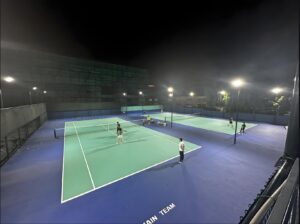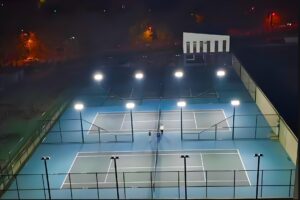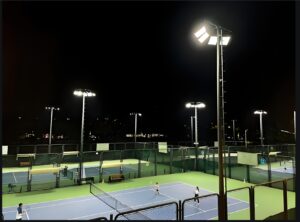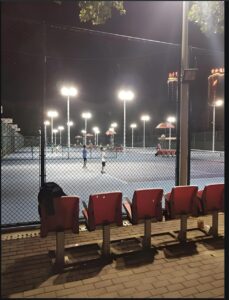Adjustable LED systems allow lighting designers to select and fine-tune the color temperature to meet the specific needs of the court, event, and time of day. This versatility makes LED lighting a highly effective solution for sports venues, as it can be customized to optimize visibility, mood, and performance.

Adjustable color temperatures in LED systems offer numerous benefits to both players and viewers in tennis. By allowing lighting to be tailored to the specific needs of the game and the time of day, these systems enhance ball visibility, reduce eye strain, and improve overall player performance. For viewers, adjustable color temperatures ensure a visually comfortable and engaging experience, whether watching in person or through a broadcast. Furthermore, the energy efficiency and sustainability of LED systems contribute to reducing operational costs while supporting environmental efforts. As LED technology continues to evolve, its ability to adapt to changing lighting conditions will play a critical role in enhancing the sports lighting experience for both athletes and fans.

The International Tennis Federation (ITF) has established specific guidelines for lighting in professional tennis matches to ensure optimal playing conditions and safety for athletes, as well as the best viewing experience for spectators and broadcasters. These guidelines are particularly important when it comes to indoor courts or evening matches where artificial lighting is required. The primary concern in these environments is to provide a consistent and adequate light level across the entire playing surface, ensuring the ball’s visibility and preventing any discomfort or strain for players.
Here are the minimum lux standards for professional tennis matches as per the ITF guidelines:

(To Be Continued)
Get in touch for free lighting customization